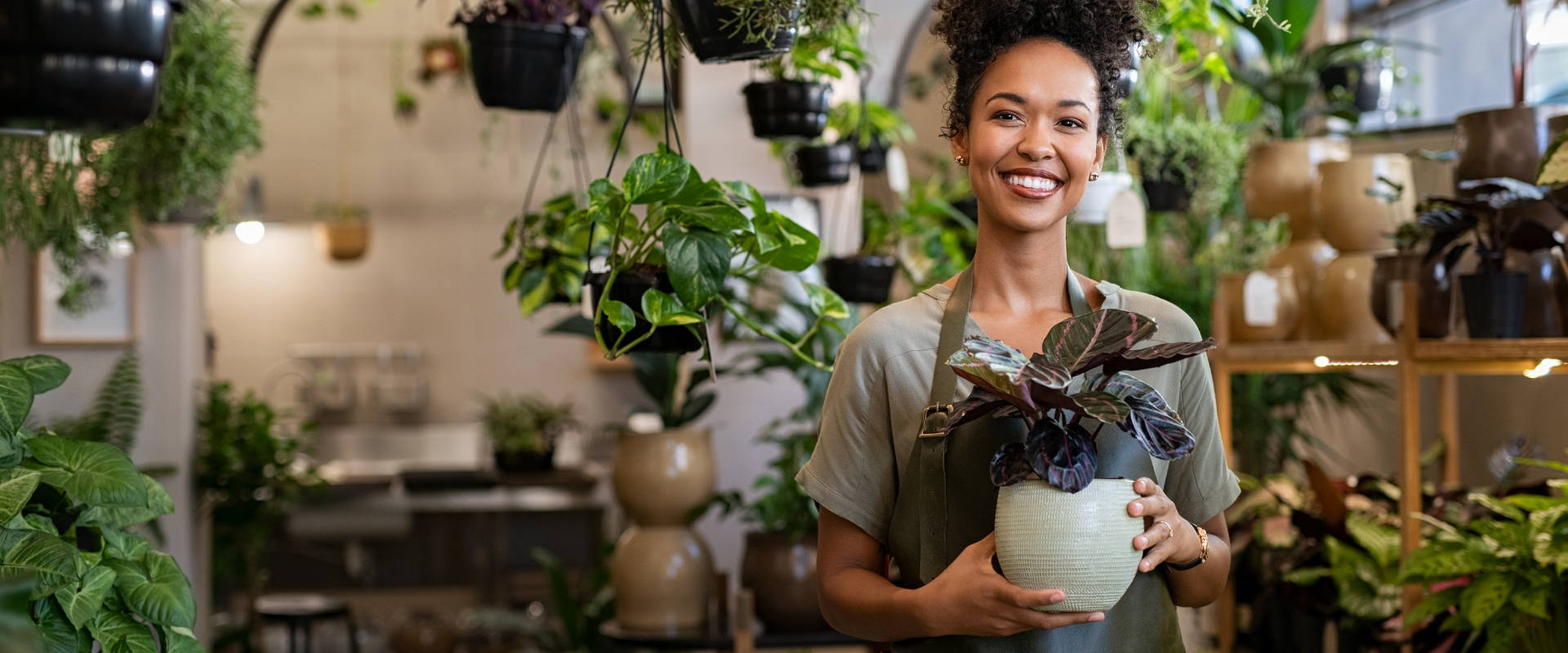
What are some spring gardening tips for a busy worker?
Let’s face it - none of us has enough hours in the day to tackle all of our must-do tasks, and now that gardening season is approaching, you’re about to have even more on your plate.
Spring has sprung, and that means it's time to start thinking about your garden! Whether you're a seasoned pro or a gardening newbie, these tips will help you get your garden ready for warmer weather.
Keep reading to learn more.
We only have so many hours in the day to get things done. If you want to have the most beautiful garden possible this spring, follow these tips for being lazy (but productive!) gardening.
1. Deadhead Spent Flower Blossoms
Deadheading takes minimal effort but has big payoffs. When you take the time to deadhead spent flower blossoms, it will make your plants look tidier and also help them bloom for longer.
If you grow flowers in a cutting garden, take the time to pop off the old blossoms from time to time. You’ll get more gorgeous flowers and more ample blooms, at that.
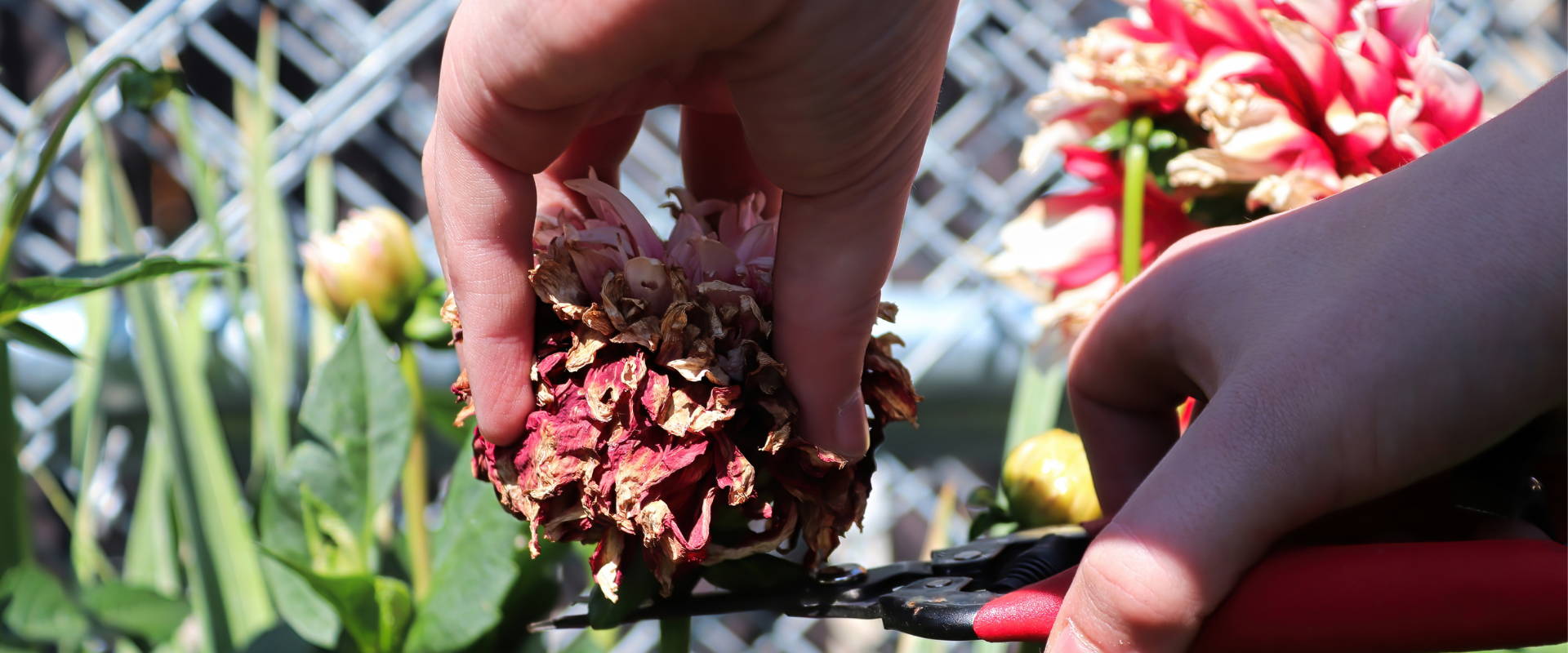
2. Let Some Plants Go To Seed
If you’re growing culinary herbs, in particular, there’s a lot of benefit to allowing some plants to go to seed.
For instance, mustard bolts in warm weather. When it does, it will self-sow - meaning you’ll have a mustard crop next year as long as you live in the right growing zone. Alternatively, you can harvest the mustard seeds to use in your cooking.
The same goes for cilantro/coriander. When harvested in leaf form, cilantro is, well, cilantro! But allow it to go to seed, and you can harvest the coriander. So don’t sweat it if you don’t have time to get around to harvesting your springtime herbs!
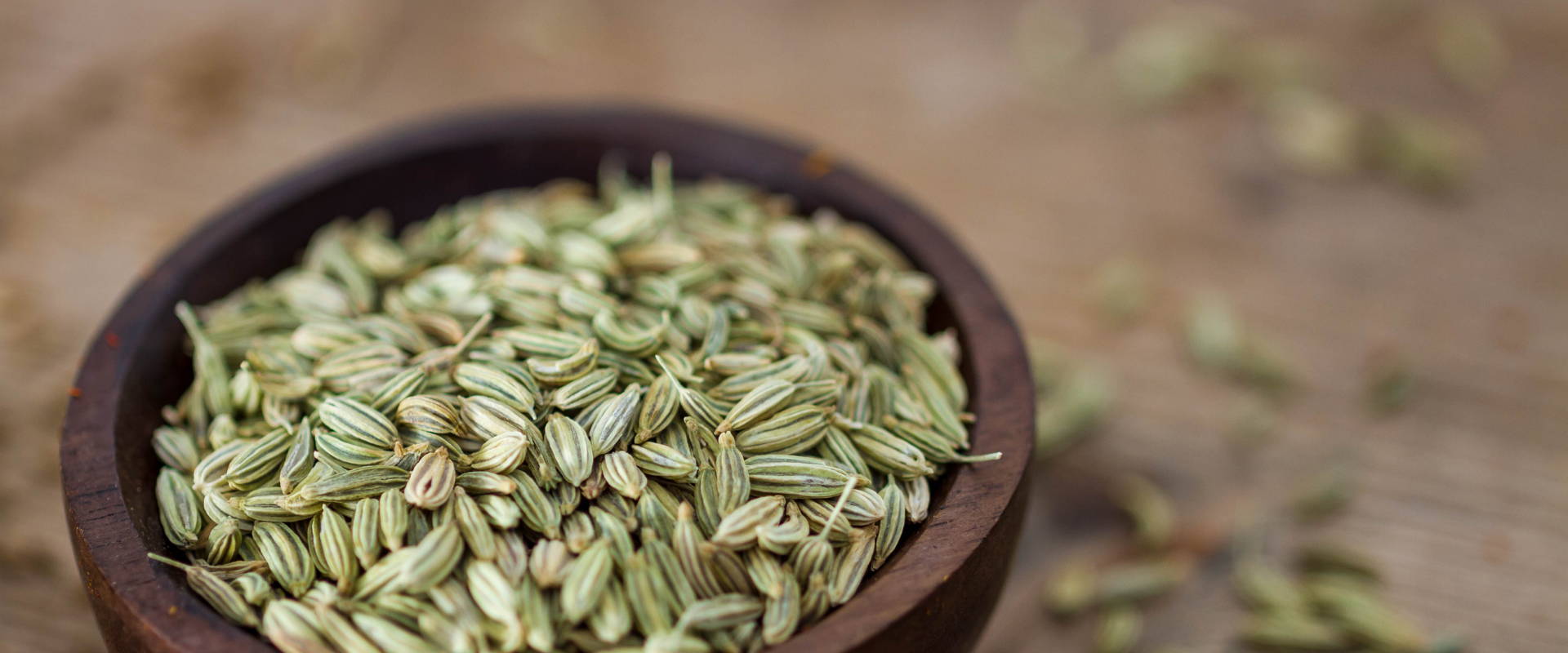
3. Water Less Often
However, even if you don’t get heavy snowfall or if it’s been a dry spring, you can usually get away with watering a bit less as long as you water more deeply when you do.
Take the time to water deeply so that the water goes deep down to the plant roots. This not only saves water, since more moisture is going directly where it is needed, but it also saves a ton of time.
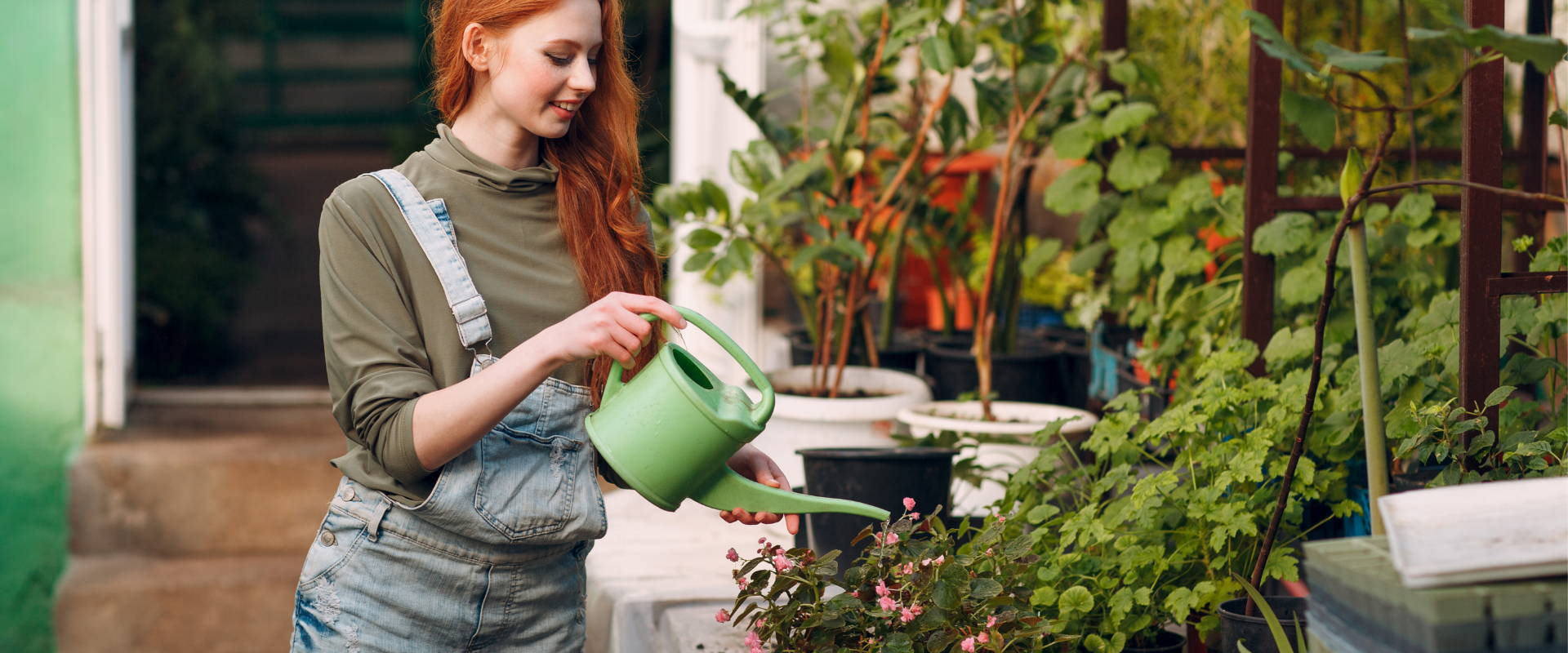
4. Mulch Well
For one, a thick three-inch layer of mulch will help the soil retain moisture, meaning you won’t have to worry about watering too little or too much.
It also helps to suppress weeds. Weeds are the bane of the busy gardener's existence since weeding is perhaps the most time-consuming chore you can do.
For the ultimate time-saver, take the time in the spring to put down several layers of wood chips, straw, or some other type of organic mulch.
One more benefit? It will also condition and fertilize the soil for you!
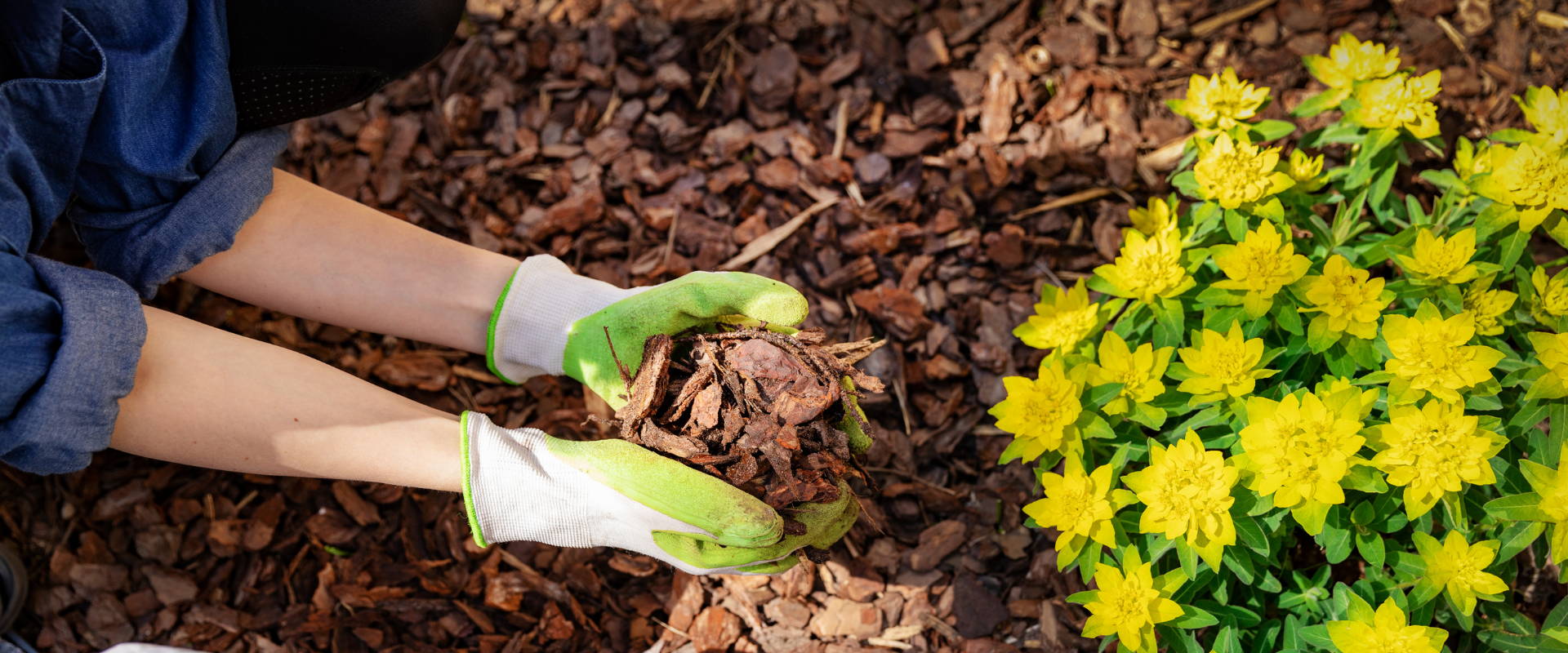
5. Fertilize Only Once
Spring is an excellent time to fertilize your garden with organic fertilizers like fresh compost or blood and bone meal. These are all slow-release fertilizers that might not act immediately but will start to kick in right when your plants need them most - at the height of the growing season.
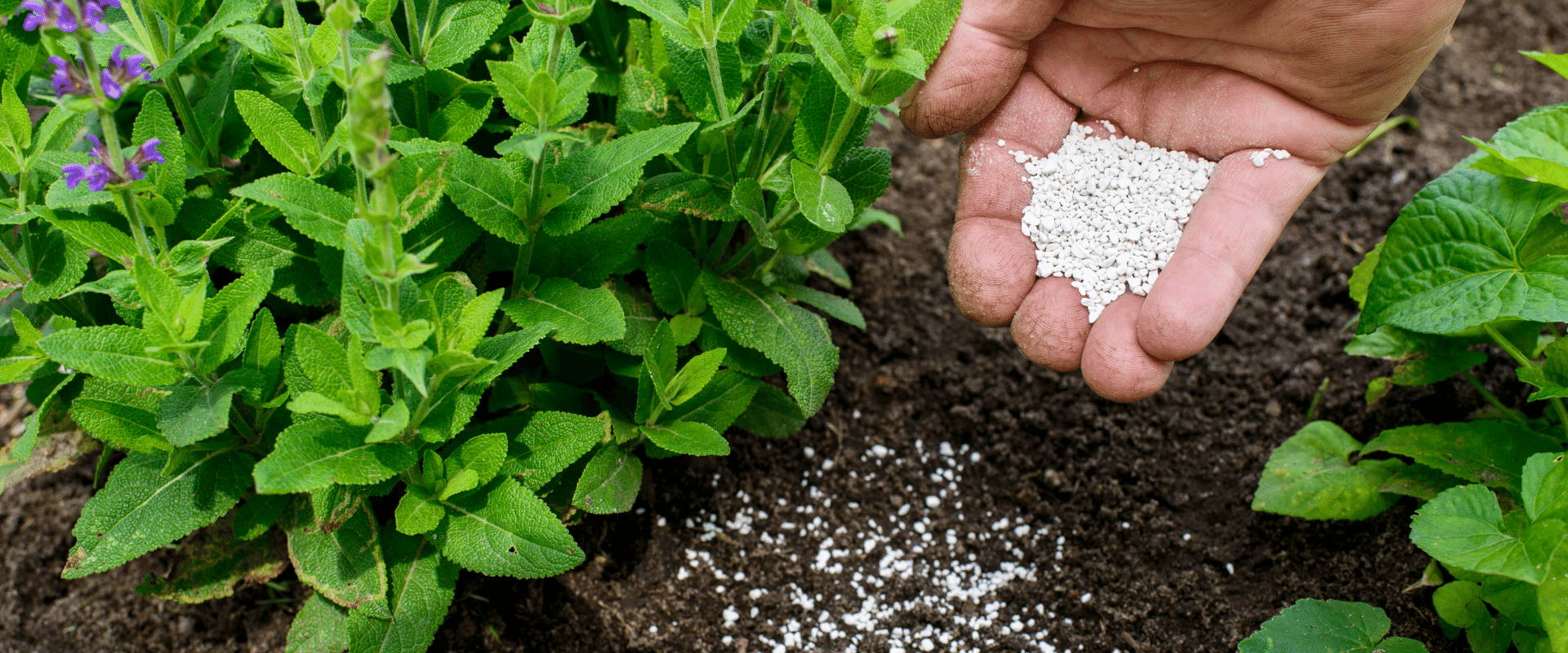
6. Choose the Right Plants
We all love growing tomatoes, but unfortunately, with all the pruning, staking, and fertilizing involved, they can be a bit time-consuming to grow.
Instead, grow low-maintenance crops like leafy greens, sunflowers, and summer squash. There’s nothing wrong in planting lots of different kinds of vegetable seeds - but if you know you’re going to be tight on time, stick to the ones that your family likes to eat the most (and the ones that are easiest to care for).
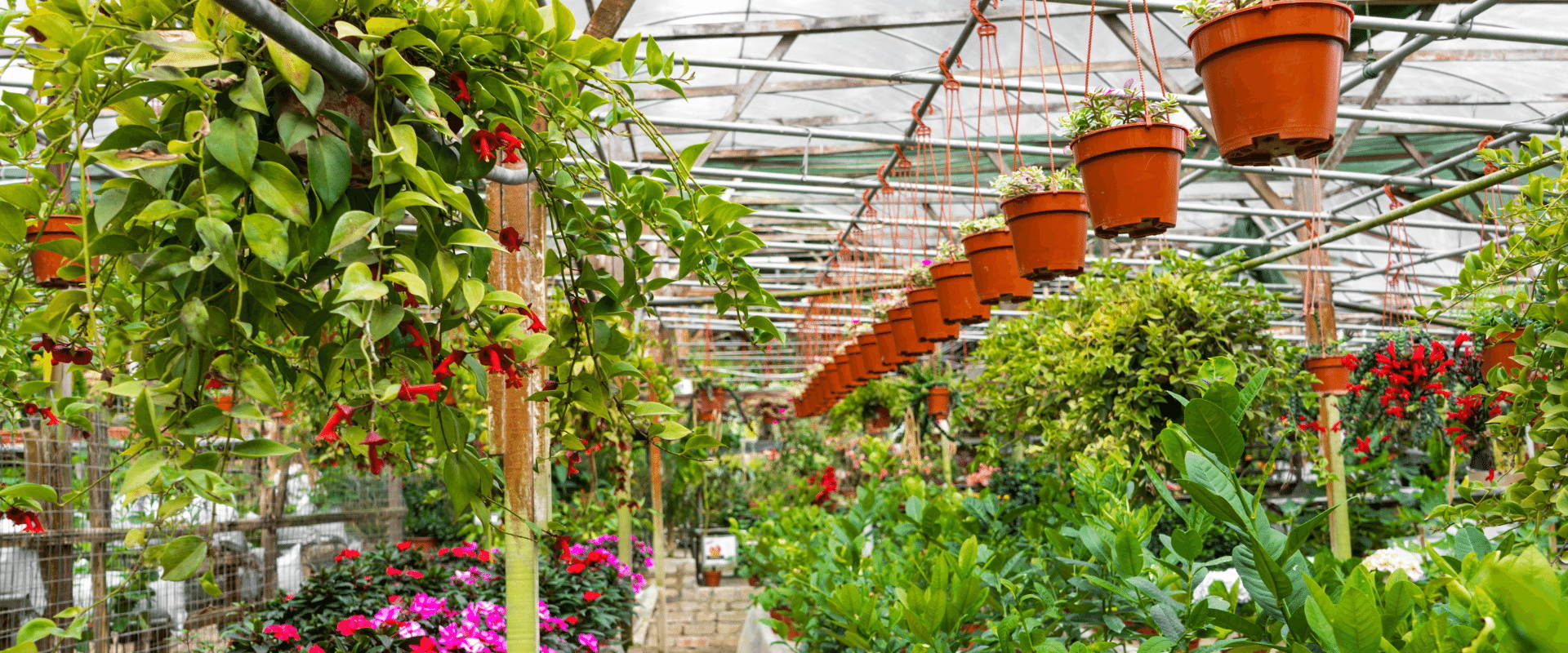
7. Automate Things
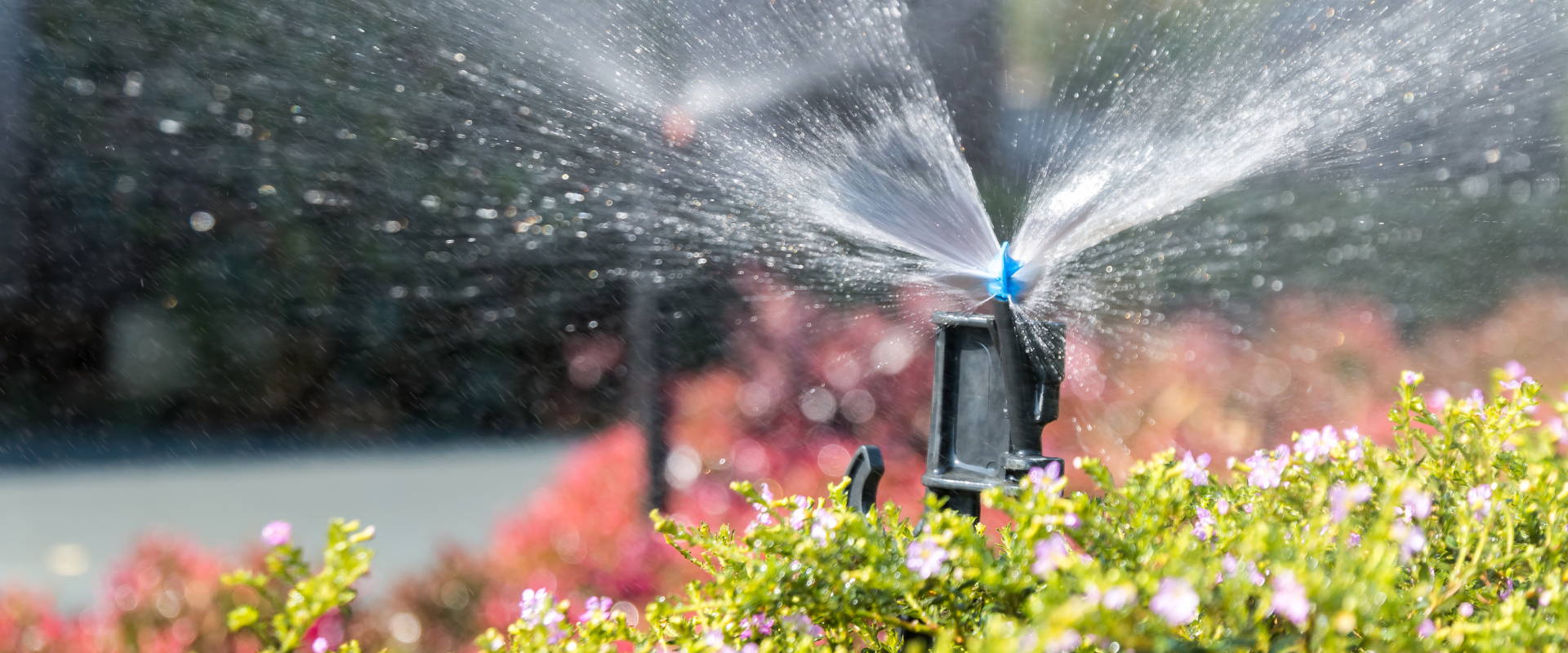
8. Rotate Your Crops
When you take the time to carefully plan out your garden each year, you don’t have to do very much of this at all.
Crop rotation is beneficial in the garden because it allows you to take advantage of the limited amount of space you have. The theory here is that you should not plant the same crop or family of crops in the same spot for two or more years in a row.
For example, you should not plant tomatoes where tomatoes were grown last year. Similarly, you should not plant tomatoes where eggplant, peppers, or potatoes (all closely related to tomatoes) were grown, either.
The reason for this is that all attract similar diseases and pests. Many of these overwinter for many years in the soil, so by avoiding that spot in subsequent years, you can avoid a lot of problems.
Rotating your crops also maximizes the ability of the soil to provide your plants with the nutrients they need. Beans and other legumes are “nitrogen-fixers,” meaning they add nitrogen to the soil. They are great plants to consider growing in a spot where corn, a plant that uses a lot of nitrogen, was grown the year before.

9. Try Containers
There are all kinds of plants that grow just fine in these conditions, so consider giving it a try.
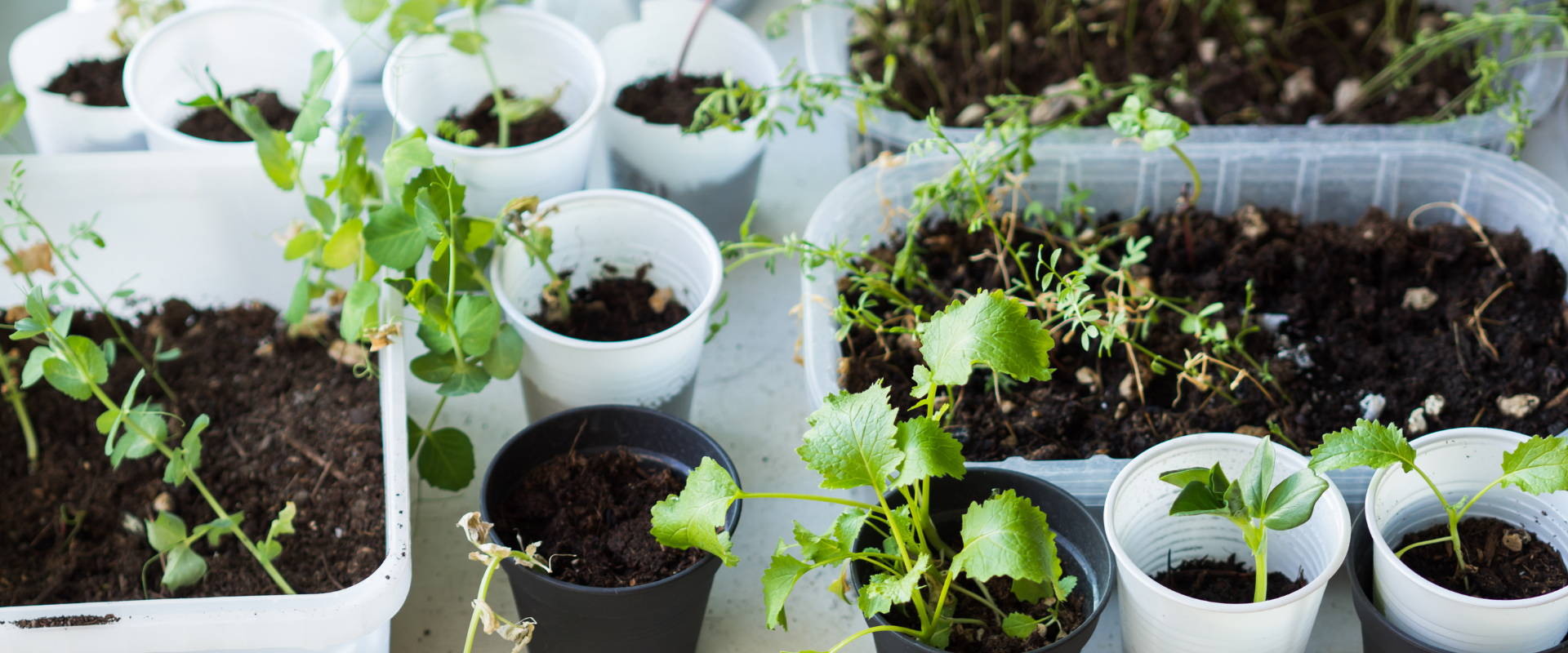
If you’re like most people, your days are crammed full of activities. And when you finally have a spare moment, the last thing you want to do is spend it weeding and watering your garden.
But don’t let that keep you from enjoying the fruits of your labor – here are some easy spring gardening tips for busy workers. These tips will help you get your garden ready for summer without spending hours on maintenance every week.
So put down that phone and pick up a trowel; it’s time to get started!